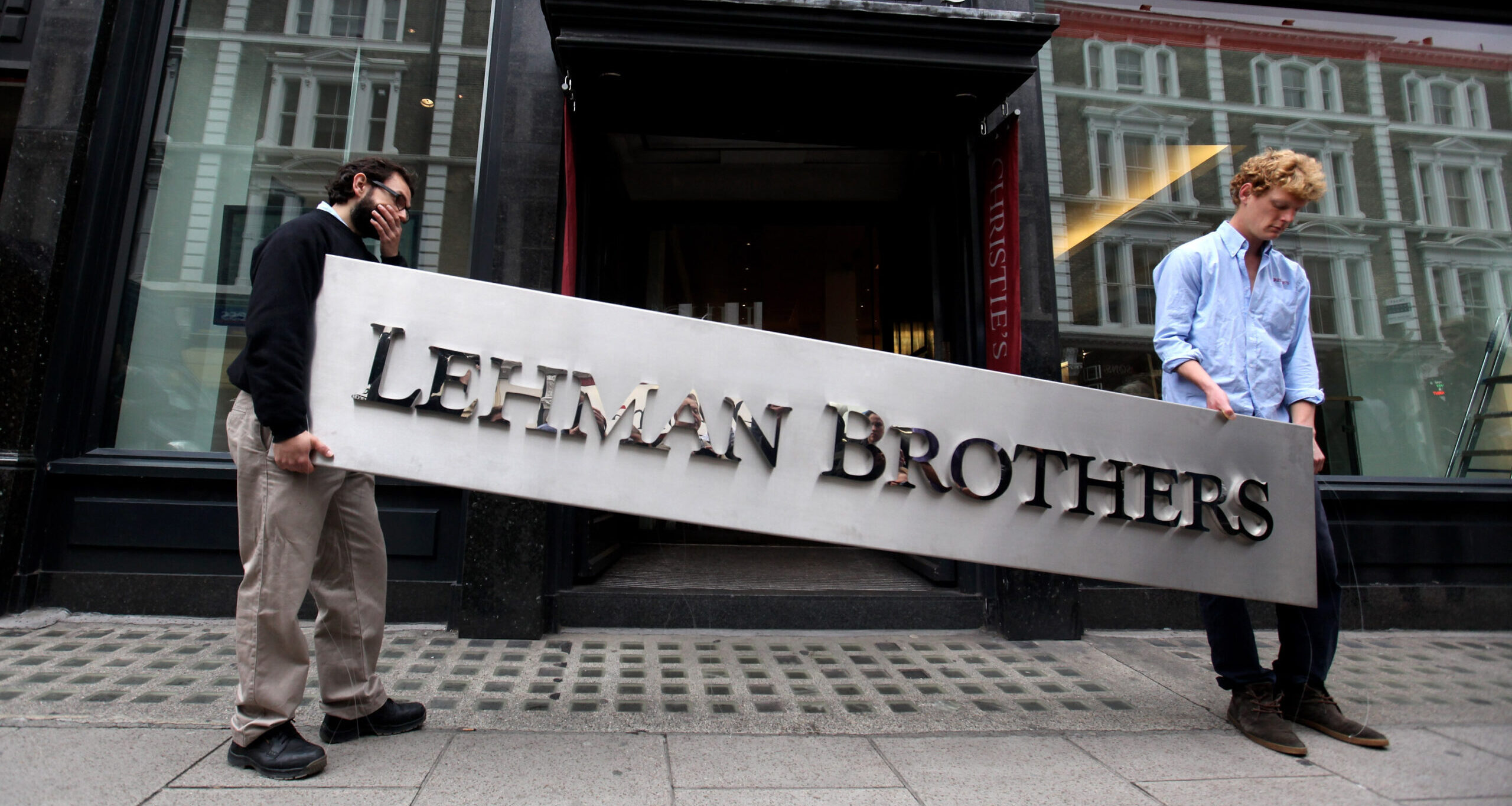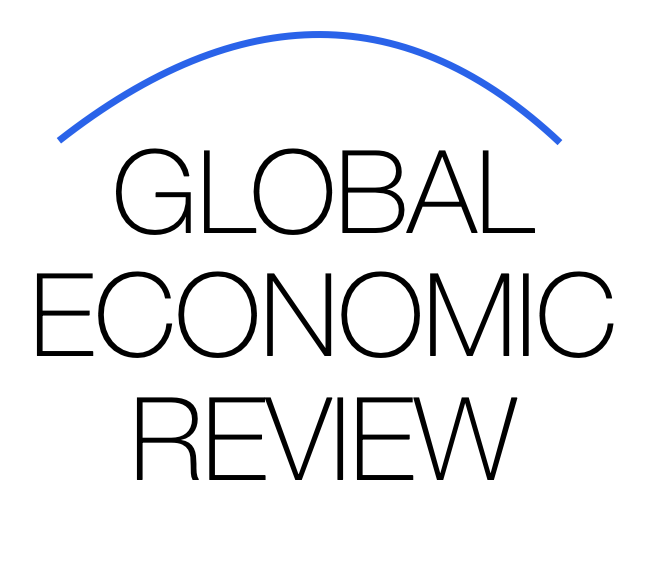Lehman Brothers: What Really Happened — and Could It Happen Again?

The collapse of Lehman Brothers on September 15, 2008, remains one of the most defining moments of modern financial history. Once the fourth-largest investment bank in the United States, Lehman’s sudden bankruptcy sent shockwaves through the global economy and marked the beginning of the most severe financial crisis since the Great Depression.
What Actually Happened?
Lehman Brothers was deeply entrenched in the U.S. housing and mortgage markets, especially in subprime mortgage-backed securities—complex financial instruments backed by risky home loans. During the housing boom of the early 2000s, these assets appeared lucrative and were in high demand across global financial markets.
However, when the U.S. housing bubble began to burst in 2006–2007, the value of these mortgage assets started to plummet. Lehman was heavily exposed:
- Leverage: The firm had a leverage ratio of over 30:1, meaning it had borrowed extensively to amplify returns. Even a small decline in asset values threatened its solvency.
- Toxic Assets: Its balance sheet was loaded with subprime mortgage holdings and questionable real estate investments.
- Loss of Confidence: As losses mounted, investors and trading partners lost confidence. Lehman’s stock price collapsed, credit lines were cut, and counterparties began pulling out.
By mid-2008, Lehman had written down billions in losses and failed to find a buyer or secure a government bailout. Unlike Bear Stearns and AIG, Lehman was allowed to fail—a decision that intensified panic in global credit markets.
Why Was It So Damaging?
Lehman’s bankruptcy triggered a global credit freeze. Banks stopped lending to each other. Institutions across the globe feared hidden exposures. Liquidity dried up, markets plunged, and confidence in the financial system evaporated.
Key consequences included:
- $600+ billion in assets lost, the largest bankruptcy in U.S. history.
- Collapse or near-collapse of major banks and financial institutions worldwide.
- Massive job losses, foreclosures, and a sharp global recession.
- Swift, unprecedented intervention from governments and central banks.
Could It Happen Again?
While regulators and financial institutions have taken significant steps to prevent another Lehman-style event, the possibility of systemic failure has not been eliminated.
What’s Better Today:
- Stricter Capital Requirements: Banks must now hold more capital to absorb losses.
- Stress Testing: Regular tests simulate economic downturns to assess bank resilience.
- Living Wills: Large financial firms are required to have resolution plans in case of failure.
- Greater Transparency: Derivatives and off-balance-sheet vehicles are more tightly regulated.
What Still Poses Risk:
- Shadow Banking System: Non-bank financial players (hedge funds, private equity, etc.) operate with less regulation.
- High Corporate and Sovereign Debt: Global debt levels are significantly higher than in 2008.
- Financial Innovation: New financial products, including crypto assets and AI-driven trading, introduce new vulnerabilities.
- Moral Hazard: Some argue that constant central bank intervention has made markets too reliant on bailouts.
Conclusion
Lehman Brothers collapsed because of excessive risk-taking, overleveraging, and a breakdown of market confidence. It exposed deep flaws in global financial systems and forced a worldwide rethinking of financial regulation.
Could it happen again? Not exactly in the same form—but financial crises tend to evolve with the system. The world may not see another Lehman, but systemic risk remains a constant shadow in global finance. What’s crucial is vigilance, transparency, and responsible regulation to ensure history doesn’t repeat—at least not in the same way.

















